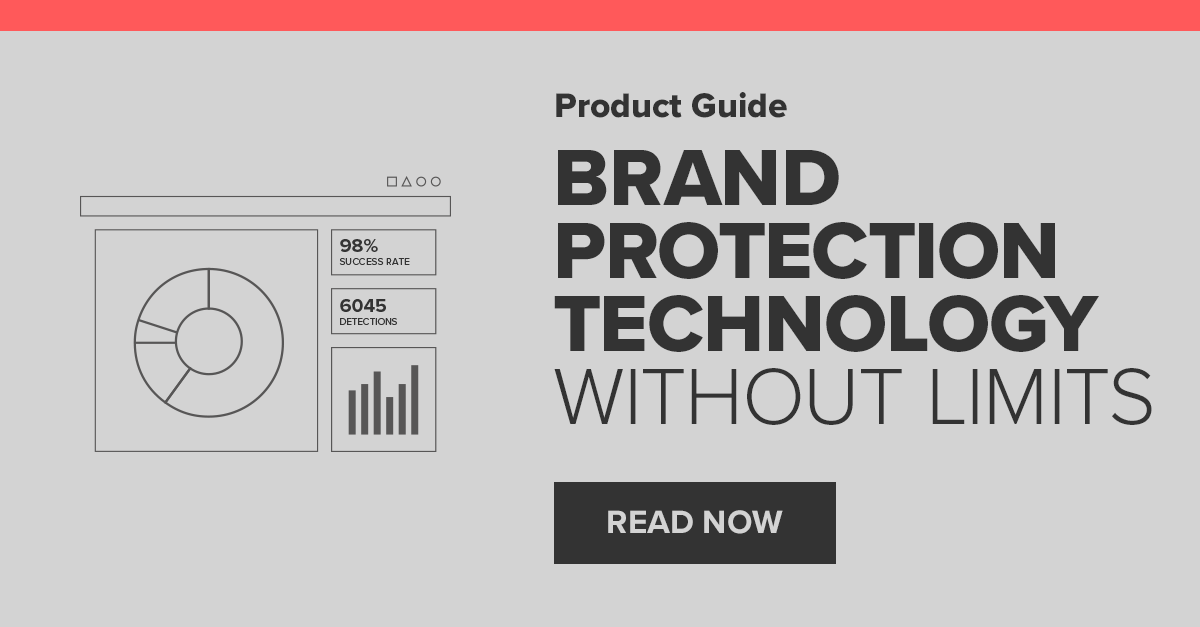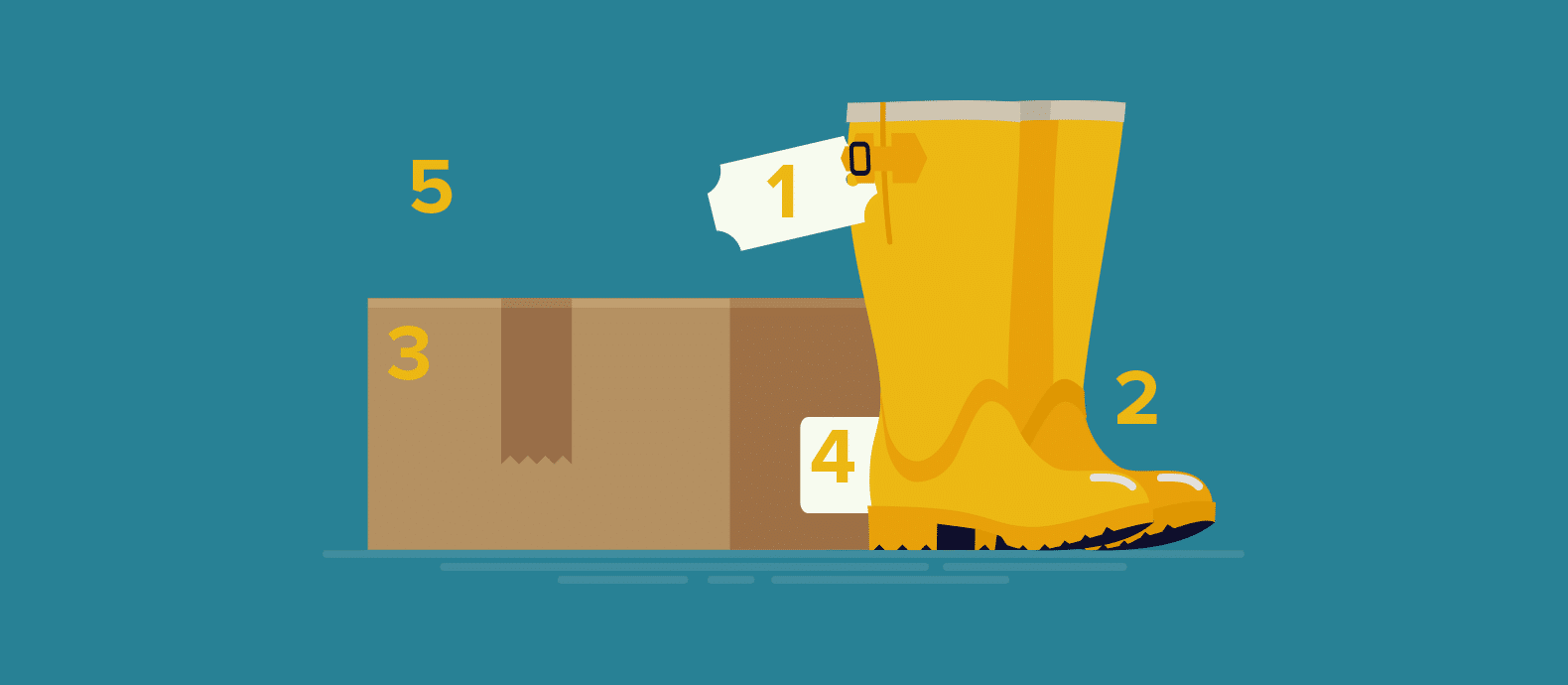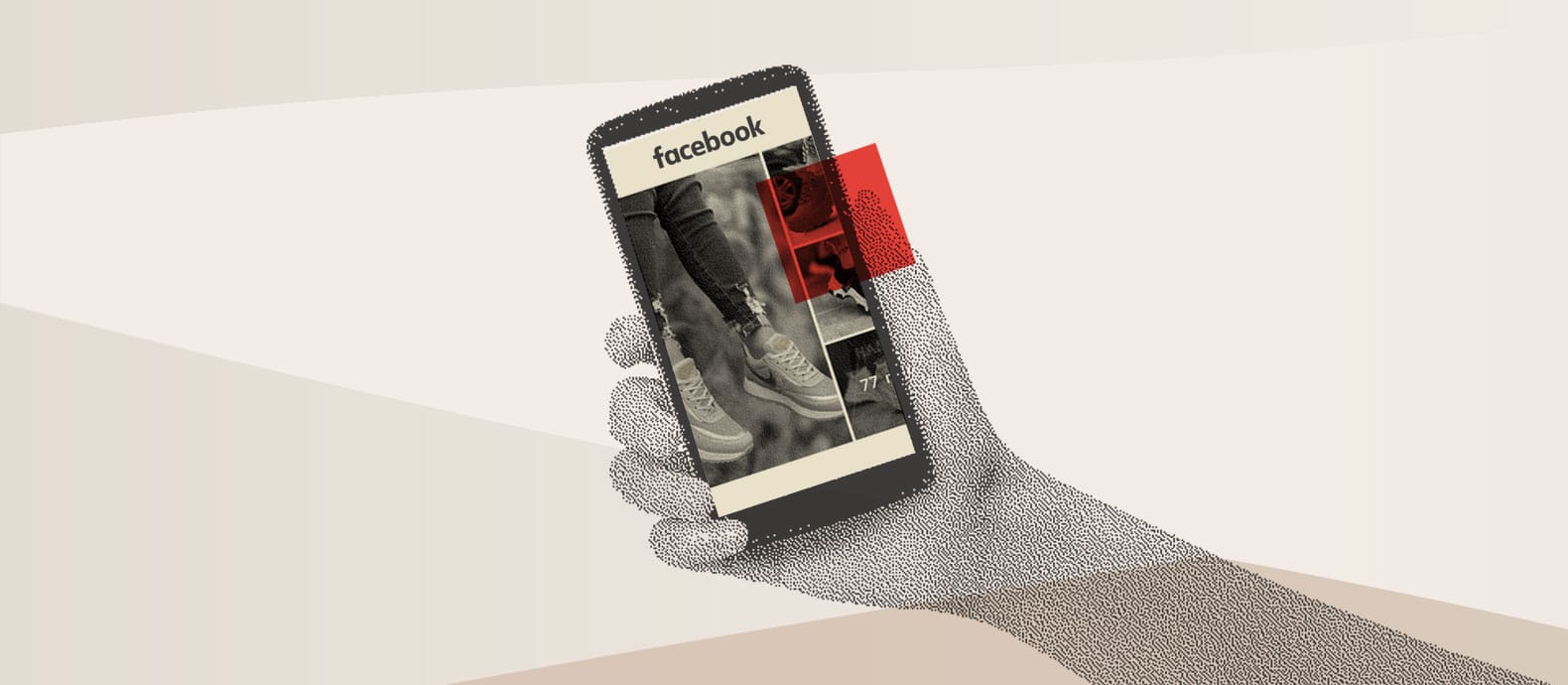No one wants to be tricked into buying fake products, so take a look at this checklist before you go shopping and get cheated.
- With the counterfeit industry growing, consumers must become aware of fakes.
- Price, product quality and packaging are consumers’ first litmus test for knock offs.
- Seller and payment details are important factors that are often overlooked.
With almost no industry left untouched by the presence of counterfeits, consumers can be duped into buying poor quality imitations and left disappointed whether they are looking for Nike trainers, mobile phone accessories, a luxury watch or cosmetic products. In addition to being left out of pocket, some consumers are then stuck with goods which are made with potentially dangerous materials and carry real health and safety concerns.
The level of detail which goes into some counterfeit goods – the fake logo, labelling and packaging for example – can make it extremely difficult for consumers to distinguish between a convincing imitation and the real deal. There are however some indicators which can help you identify fakes.
How to spot a fake
When purchasing products – especially online – it’s important to keep this list in mind. Knowing how to spot a fake could help you avoid purchasing low-quality fakes by accident. Here are some of the top tips to help you tell if a product is counterfeit.
1) Price
Whether you are shopping on the high street, through mobile apps or online, price can be one of the first indicators than item is fake. While not always the case, counterfeits tend to be cheaper than the genuine brand so consumers should be wary of unusually low prices. Check the advertised price against the recommended retail price of the brand – what might seems like a bargain could leave you with poor quality imitation.
2) Quality
Counterfeits are often produced using cheaper and poor quality materials such as fake leather, low quality glass, inferior cloth materials and old or used electronic parts. If the item does not look or feel authentic, it likely isn’t. When buying products from a reseller, protect yourself and ask them about their supplier quality assurance processes. Reputable resellers should have inspection and authentication procedures in place as well as technicians to inspect the quality of the goods they are selling.
3) Packaging
Inspecting the packaging is another way to distinguish an original from a counterfeit. Reputable brands and business invest in high quality packaging so if you receive an item in ill-fitting or suspicious packaging, or wrapped in what appears to be cheap plastic or flimsy materials then it could be a warning sign. And items which come without any packaging at all are almost definitely fakes.
Similarly, be wary of packaging which features expired “use by’ dates, has broken or missing safety seals, or is lacking warranty information or producer contact details. Spelling errors, flawed logos or trademarks are further indicators that an item is a fake.
4) Who is selling it?
Most companies or brands list their approved retailers on their website or within packaging materials. For example, in an effort to stop Ugg counterfeits, the company’s website provides a list of authorised Ugg retailers as well as information on the latest scams counterfeiters are using and a search function where, by pasting in the URL of a website, consumers can check if it is selling fake UGG products.
Whether shopping online or on the high street, if you are having doubts about the source of the goods then ask the retailer for information on their distributor.
5) Payment method
When making in-person transactions, look out for signs that your customer data or credit card information may not be handled and stored in as securely as you would expect from legitimate retailers. For online purchases, check that your payments are submitted via websites which begin with https:// and which are accompanied by a lock symbol. Legitimate online retailers tend to request payment via credit or debit cards, or with PayPal so consumers should be suspicious if they are asked to make a payment through a direct money transfer, such as a bank transfer.
Recognising fakes online
Shopping online and being unable to physically inspect an item for the subtle signs of poor quality materials and packaging can make it even more difficult to tell if a product is fake. In addition to checking the security of payments methods, consumers can look out for suspicious domain names which feature keywords such as genuine, replica, original, discount or offer. Shoppers should also be wary of websites which are in English but with a foreign domain, or which feature spelling mistakes, poor quality pictures or dead links.
Before making an online purchase, check out the websites ‘About us’ or ‘Contact us’ page. Where this information is lacking or where details of a returns policy or terms and conditions are missing then the seller is likely not genuine.
With online auction sites like eBay, the seller reviews can also help consumers spot a fake. In addition to reading feedback from previous customers on the services and goods, you can see what types of products the seller has sold in the past. If a seller usually deals in one specific type of product, it can be suspicious if they suddenly have a completely different product available. However, on the other hand, a regular supply and high turnover of a product also doesn’t guarantee that the products are genuine.
Fake reviews can be problematic for online shoppers too and five-star reviews or the “verified purchased” tag on Amazon don’t necessarily guarantee that the seller is trustworthy. Sellers, including counterfeiters, can find ways to create dummy accounts and have fake reviews posted. There are online tools out there which can help consumers identify fake reviews, such as Fakespot which analyses Amazon reviews to spot fakes. And just as there are telltale signs that a product is fake, there are some things you can look out for to recognise a fake review. Pay attention to how closely together the reviews were published and be suspicious of reviews which are similarly-worded or where the user photos look similarly staged. You should also be on the lookout for certain words and phrases such as overuse of first-person singular and a high level of detail.
Also read:
The Ultimate Guide to Brand Protection
How to remove a counterfeit from Amazon (step by step)
Tips for spotting fakes on social media and mobile apps
Consumers face similar challenges when it comes to making purchases through social media or mobile apps, which are increasingly popular ways to shop. Both fake profiles and fake mobiles apps can actually contain original brand names but heavily discounted goods or flash sales are the first indicator that the featured products could be fake.
When it comes to social media, sites which don’t carry verification or authentication signs, or which request users to disclose sensitive information should not to be trusted. Suspect sites may also share lots of updates and links in a short period of time and with very little user engagement, or feature advertisements which lead to fake websites offering flash sales.
Do your research
In general, whether you are buying on the high street or shopping online, do some research in advance and know what the market is like for fakes in the item you want to buy. If you are looking for a luxury watch for example, read up on the brand and model you are interested in and be able to spot a fake luxury watch by looking at the materials, weight, typeface and engravings, movement and sound of the product. Knowing where the genuine product is produced and simply checking the label can be a quick and easy way to tell if your wine is fake and familiarising yourself with the regulated prices, which are put in place by brands, can prevent you ending up with counterfeit makeup.







